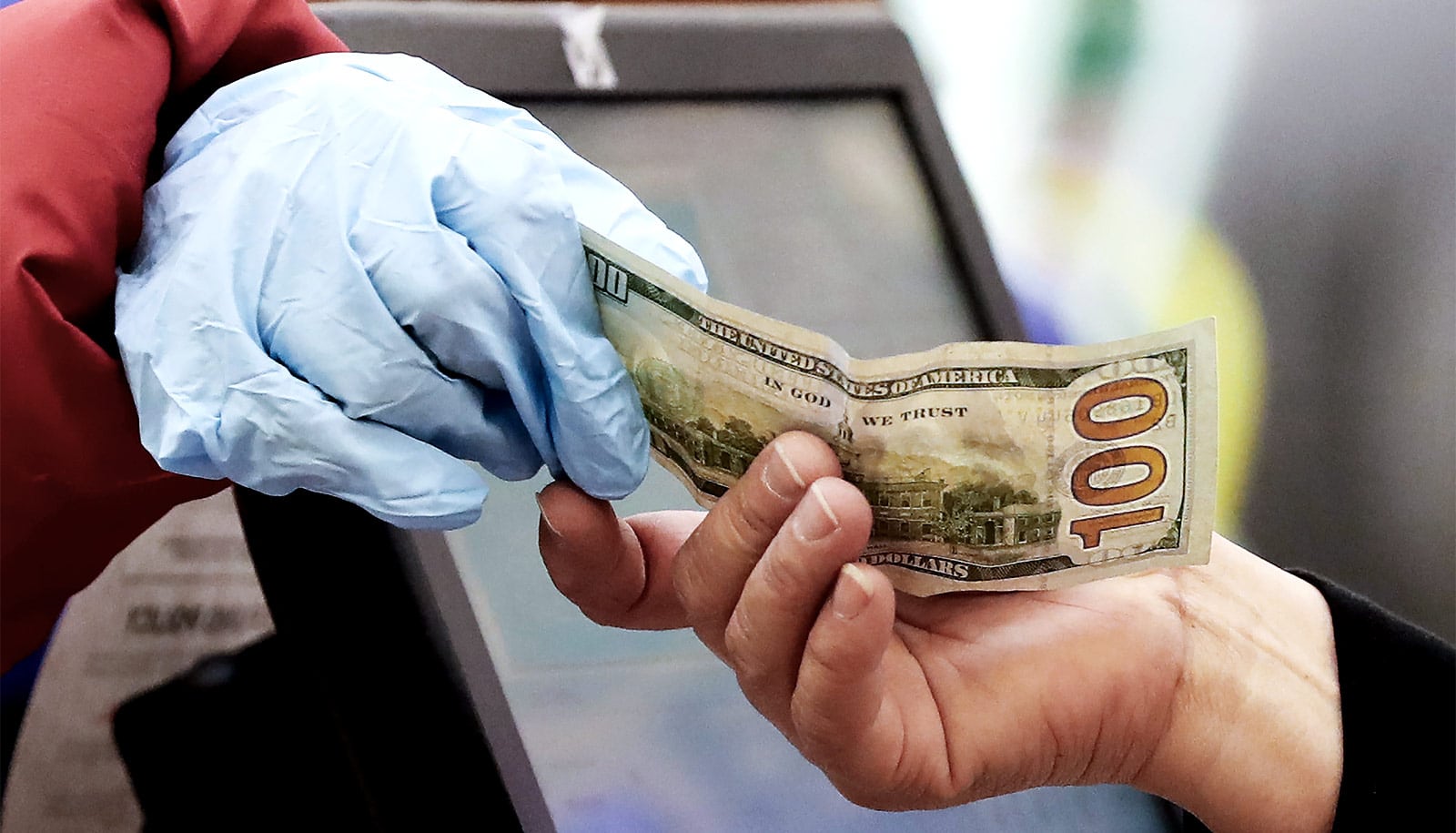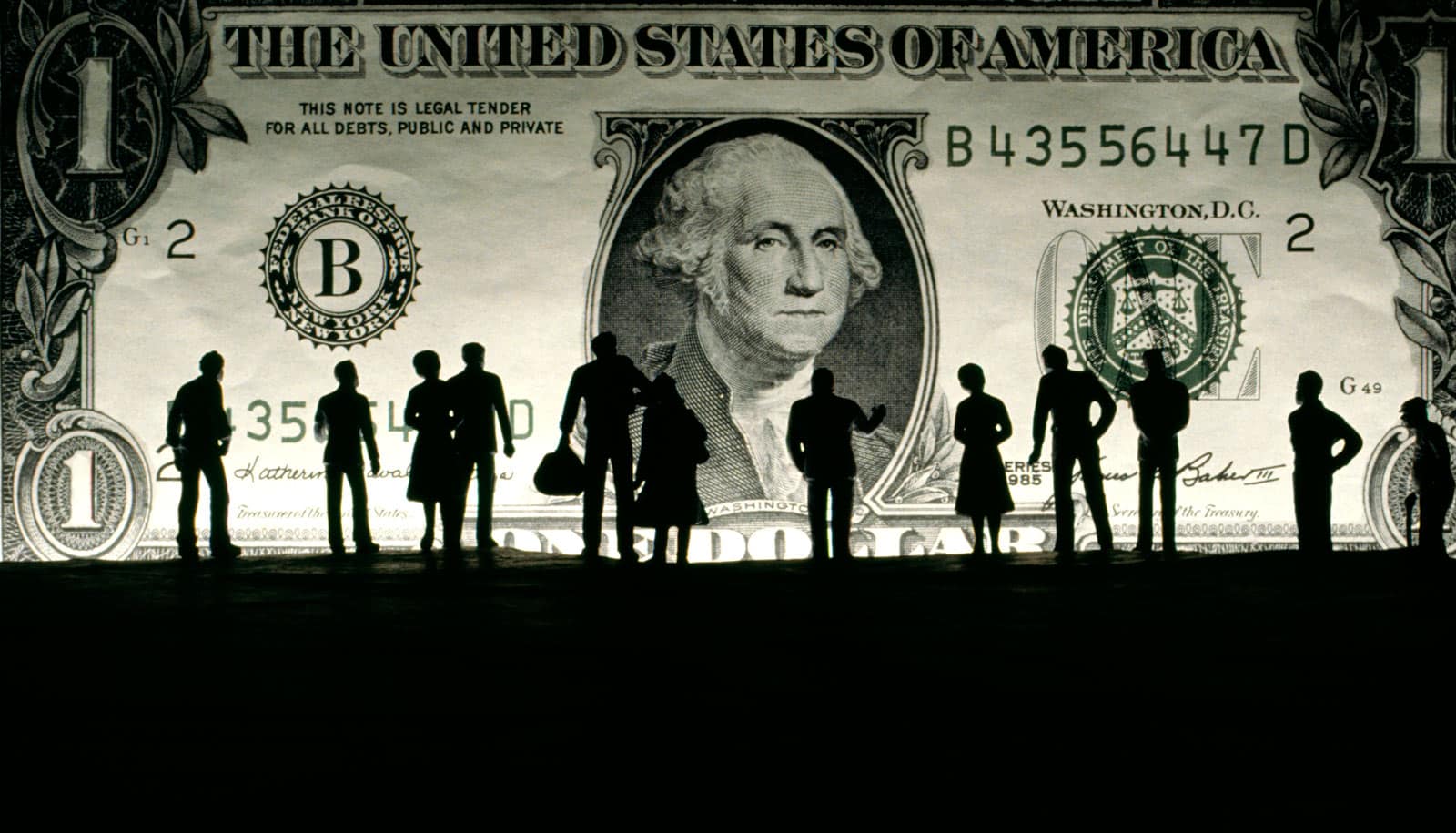To help get people get through crises like the COVID-19 pandemic, direct cash payments, also known as cash transfers, can really help. But getting them to the right people is easier said than done.
On the week of March 21st, 2020, over 3.3 million Americans claimed unemployment, nearly 5 times the highest weekly number from the entire 2008 recession.
It’s remarkable until you realize that the following week that number of people filing for unemployment doubled. And the numbers continue to rise.
Discussions about providing direct cash payments to Americans have filled Congressional chambers in recent weeks. But discussions are one thing. Getting these payments to millions of Americans, including those without access to a bank or a stable address, is another.
A new article by Lisa Gennetian, a professor at the Sanford School of Public Policy and an affiliate in the Duke Center for Child and Family Policy, details the reasons why getting money from the government into people’s hands isn’t as easy as it may seem.
Here, Gennetian explains the many challenges of developing a strategy to provide payments to those who need it most:
You can read the transcript of this podcast here.
Source: Duke University


